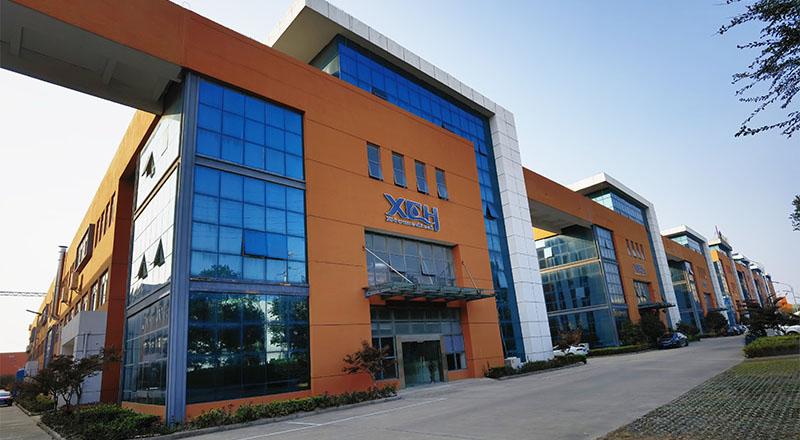Environmental test chambers, as a key equipment for scientific experiments and engineering tests, allow us to simulate and study various natural environmental conditions, thus promoting the development of science, technology and industry. In this article, we'll dive into the principles of environmental chambers, their application areas, and their role in solving real-world problems.
The principle of environmental test chamber
The core principle of the environmental test chamber is to provide a controllable environment to simulate various natural environmental conditions, including temperature, humidity, air pressure, light, radiation and gas composition. Here are some key principles:
Temperature Control: Environmental chambers are equipped with precise heating and cooling systems to maintain the required temperature range. A temperature sensor monitors the temperature inside the cabinet and uses a feedback mechanism to adjust the operation of the heating and cooling system to maintain a stable temperature.
Humidity Control: The humidity control system can adjust the injection or removal of water vapor to maintain the desired humidity level. A humidity sensor monitors the humidity inside the chamber and maintains it through a water vapor generator or humidity control system.
Air pressure control: Certain applications require the simulation of different air pressure conditions, such as high altitude regions or space environments. Environmental chambers can provide air pressure control to simulate these conditions.
Lighting and radiation control: Some experiments need to simulate different lighting conditions or specific types of radiation, such as ultraviolet radiation or X-ray radiation. Walk in stability chamber can be equipped with corresponding light sources or radiation sources.
Application areas of environmental test chambers
Environmental test chambers are widely used in many fields, the following are some of the main application areas:
Materials Science: Materials scientists use environmental test chambers to test the performance and stability of materials to develop more durable, reliable materials suitable for applications under different environmental conditions.
Electronics and Semiconductors: The electronics and semiconductor industries use photostability chamber to test the performance of electronic devices to ensure they operate properly under varying conditions of temperature, humidity, and air pressure.
Aerospace: In aerospace engineering, environmental test chambers are used to test the performance of aircraft, satellites and spacecraft both inside and outside the atmosphere to ensure their safe operation under various conditions.
Automotive industry: Automakers use environmental test chambers to test the performance of auto parts and complete vehicles under different climate conditions to ensure safety and reliability.
Environmental Science: Environmental scientists use environmental test chambers to simulate climate change, air pollution, and other environmental variables to study their effects on ecosystems and biodiversity.
The importance of environmental test chambers
The importance of environmental test chambers is that they provide a controlled experimental environment that allows scientists and engineers to simulate and study the effects of different natural environmental conditions. This helps to predict how a product, material or device will perform in actual use, saving time and resources and improving its quality and reliability.
In addition, environmental chambers also play a key role in scientific research, new product development and quality control. They provide important support for solving environmental problems, improving products and advancing scientific progress. In short, environmental test chambers are indispensable tools in the fields of modern science and engineering. They help us better understand the natural world, promote innovation and solve various complex problems.
